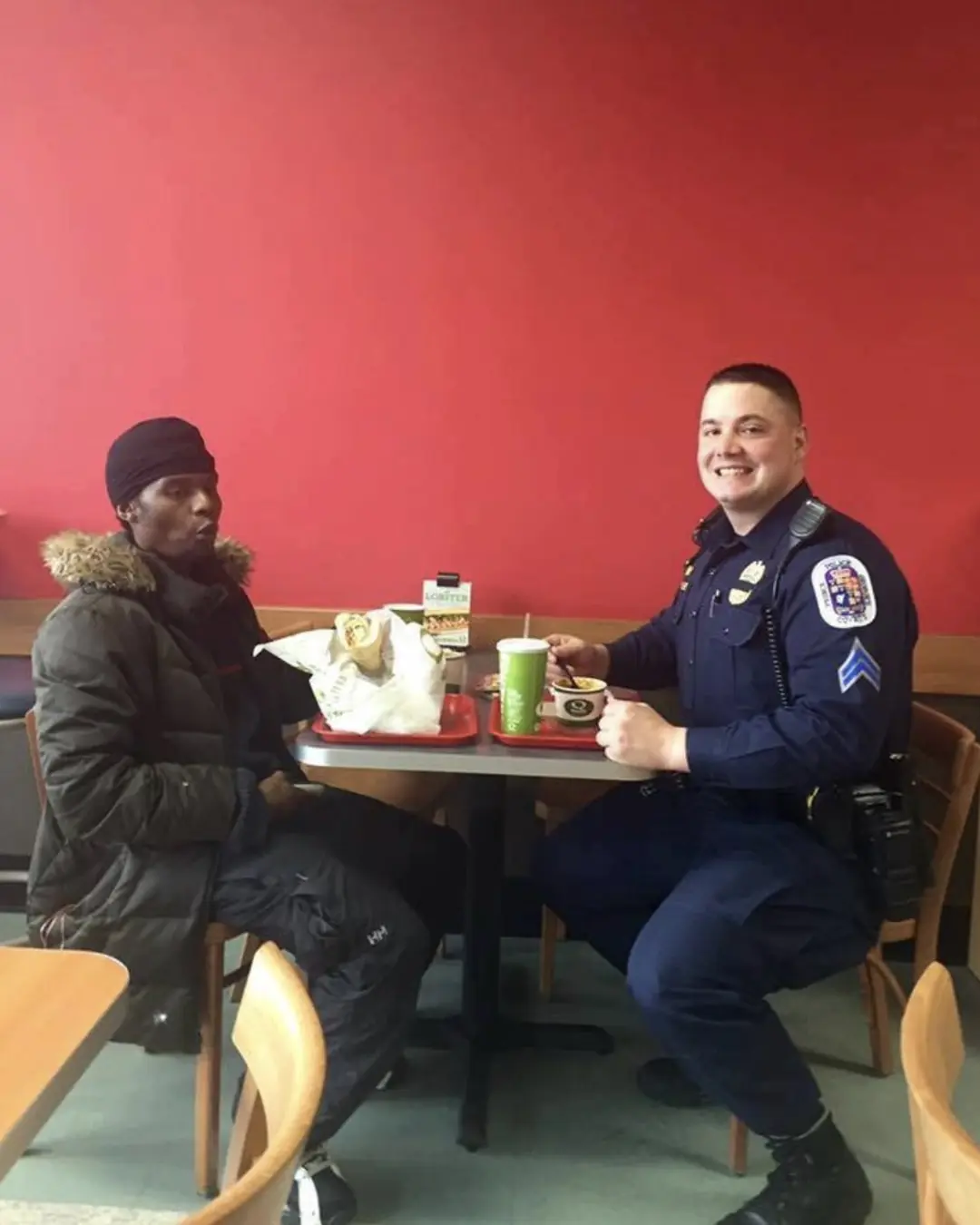
From Maid to Master of the Stars: The Rise of Williamina Fleming.
🌟 From Maid to Master of the Stars: The Rise of Williamina Fleming
In the late 19th century, when women were expected to remain in the shadows of science, one Scottish immigrant defied the odds and rewrote the stars—literally.
Williamina Paton Stevens Fleming was born in Dundee, Scotland, in 1857. Bright and ambitious, she became a student teacher at just 14 to help support her family after her father’s death. At 20, she married James Orr Fleming, a widower 16 years her senior. But shortly after moving to Boston, he abandoned her while she was pregnant.
To survive, Williamina took a job as a maid in the home of Edward Charles Pickering, director of the Harvard College Observatory. Pickering, frustrated with the inefficiency of his male assistants, famously declared that even his maid could do better. So he gave her a chance—and she proved him right.
🔭 A Stellar Career
-
Fleming quickly rose through the ranks, becoming one of the first women hired to work on astronomical data at Harvard.
-
She developed a classification system for stars based on their spectra, laying the groundwork for the later Harvard spectral classification.
-
Over her career, she cataloged more than 10,000 stars, 59 gaseous nebulae, 310 variable stars, and 10 novae.
-
Her most famous discovery? The Horsehead Nebula in 1888—a hauntingly beautiful cloud of gas and dust in the constellation Orion.
💪 Breaking Barriers
-
Fleming was appointed Curator of Astronomical Photographs at Harvard in 1899, making her the first woman to hold an official title there.
-
She advocated for women in science, mentoring many of the “Harvard Computers”—a group of brilliant women who transformed astronomy.
-
Despite her achievements, she was often paid less than her male counterparts and denied full recognition during her lifetime.
🌠 Legacy
Williamina Fleming’s journey from domestic servant to pioneering astronomer is a testament to resilience, intellect, and the power of opportunity. She didn’t just classify stars—she became one.
Her story continues to inspire generations of women in STEM, reminding us that brilliance can come from anywhere, and that sometimes, the stars align for those who dare to reach beyond their station.
News in the same category

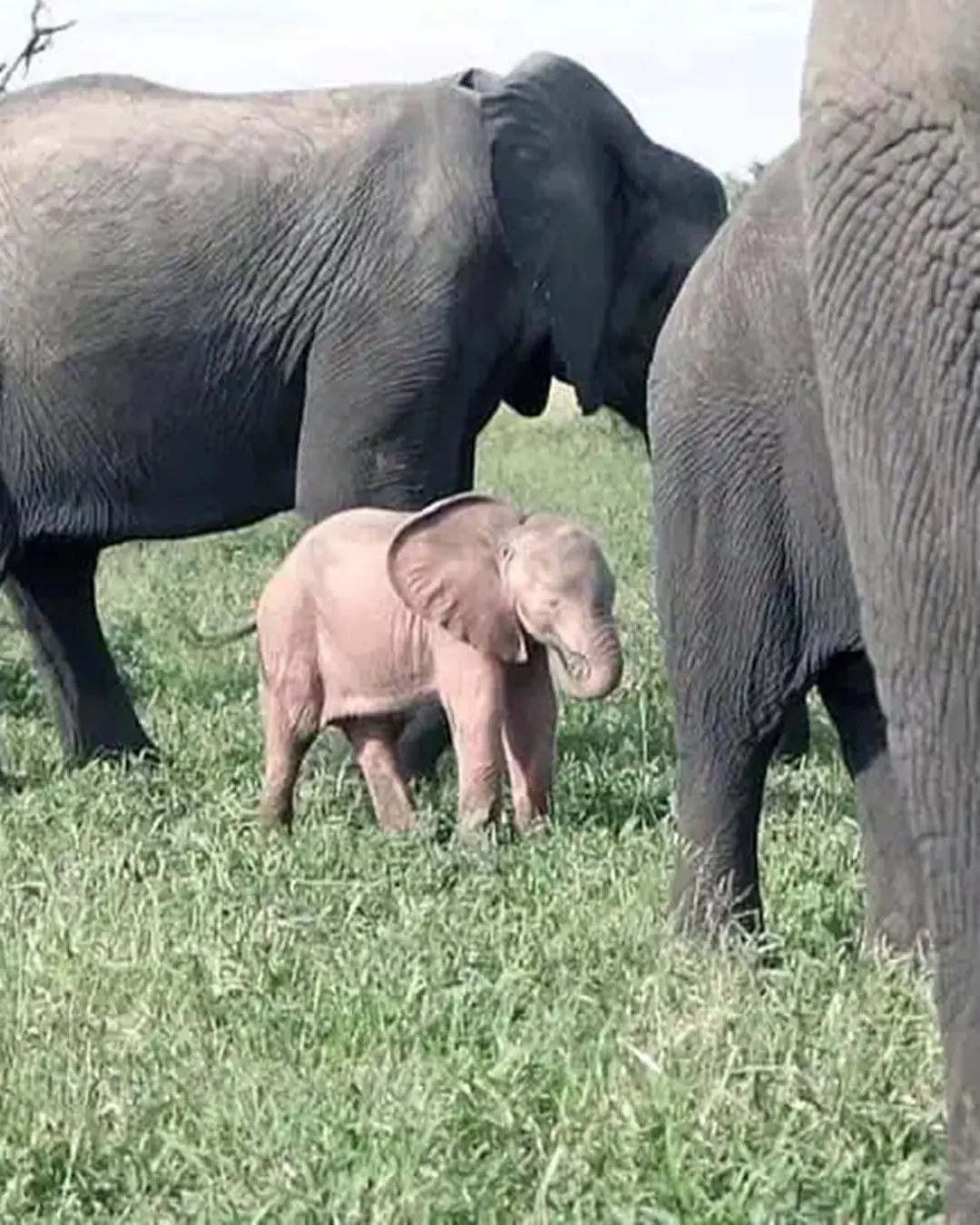
The Little Elephant Who Was Born Different: A Pink Calf in the Wild
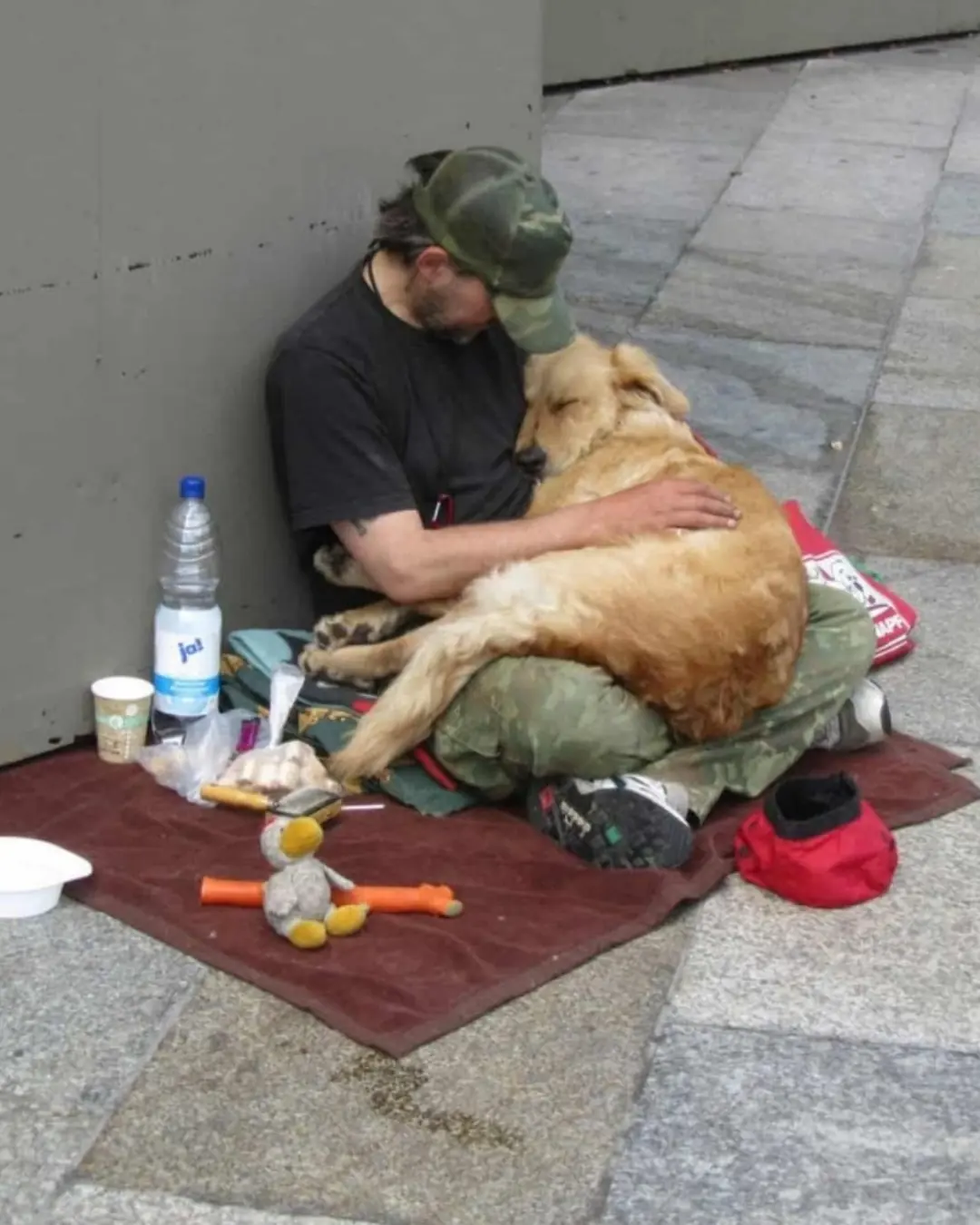
When Love Has No Address: A Man and His Dogs
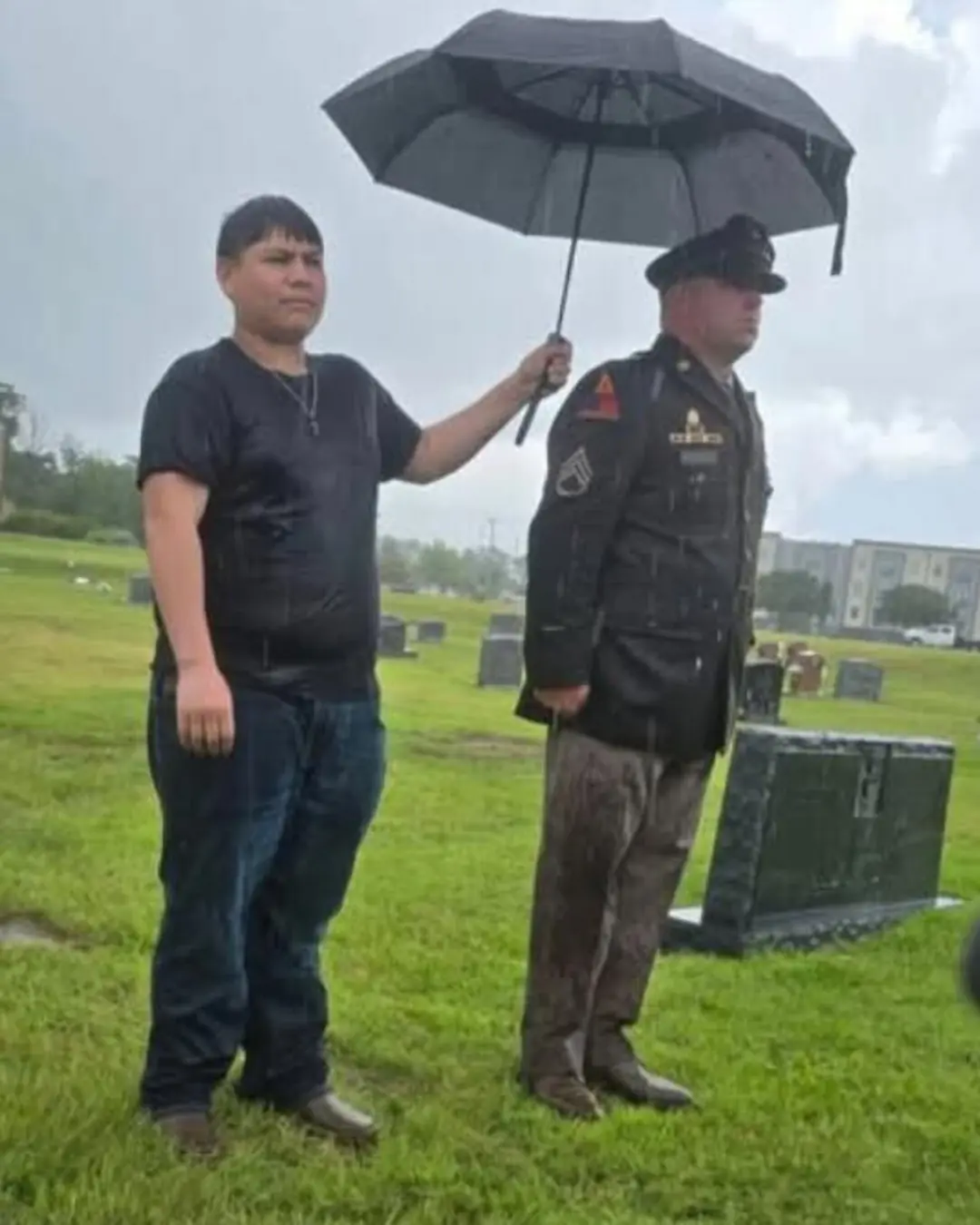
A Boy, a Soldier, and an Umbrella: A Timeless Gesture of Respect

The Photo of the Year: A Glimpse of Courage the World Must Not Forget
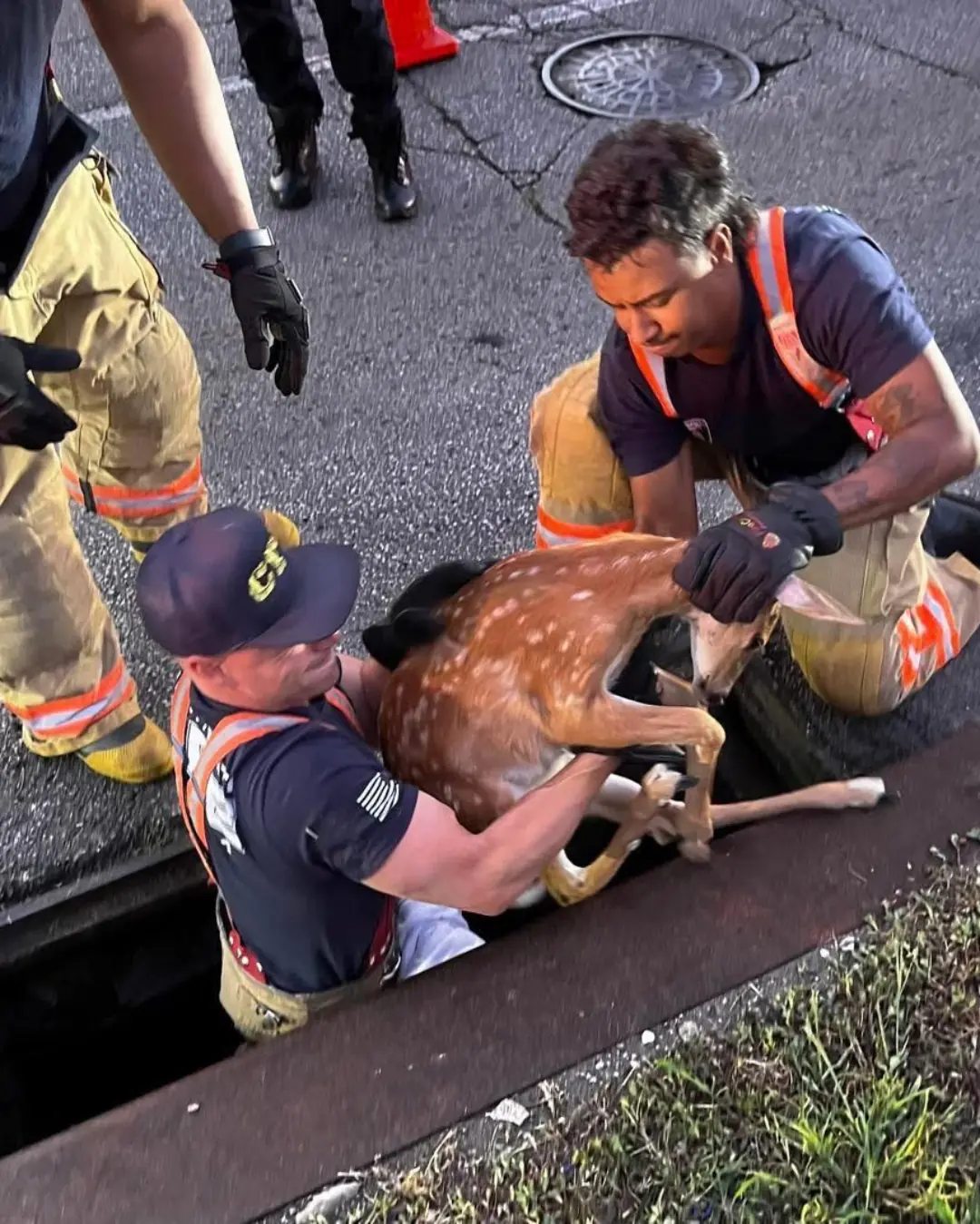
Firefighters Save Trapped Fawn from Storm Drain, Reuniting It with Nature

When “Just a Dog” Becomes the Difference Between Life and Death

Teddy’s Hug: A Rescue Story of Unbreakable Love
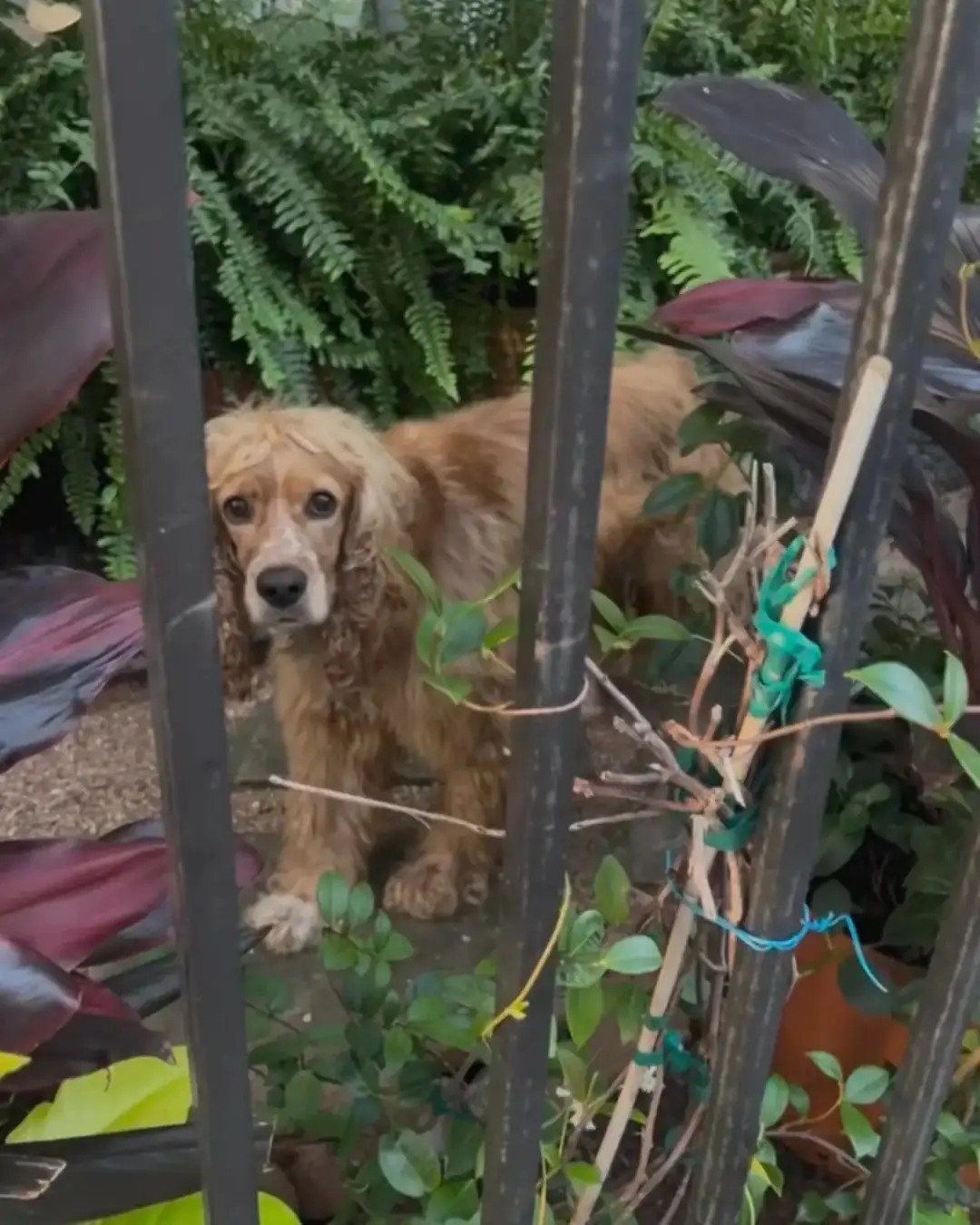
Benny’s Redemption: A Journey from Loneliness to Love
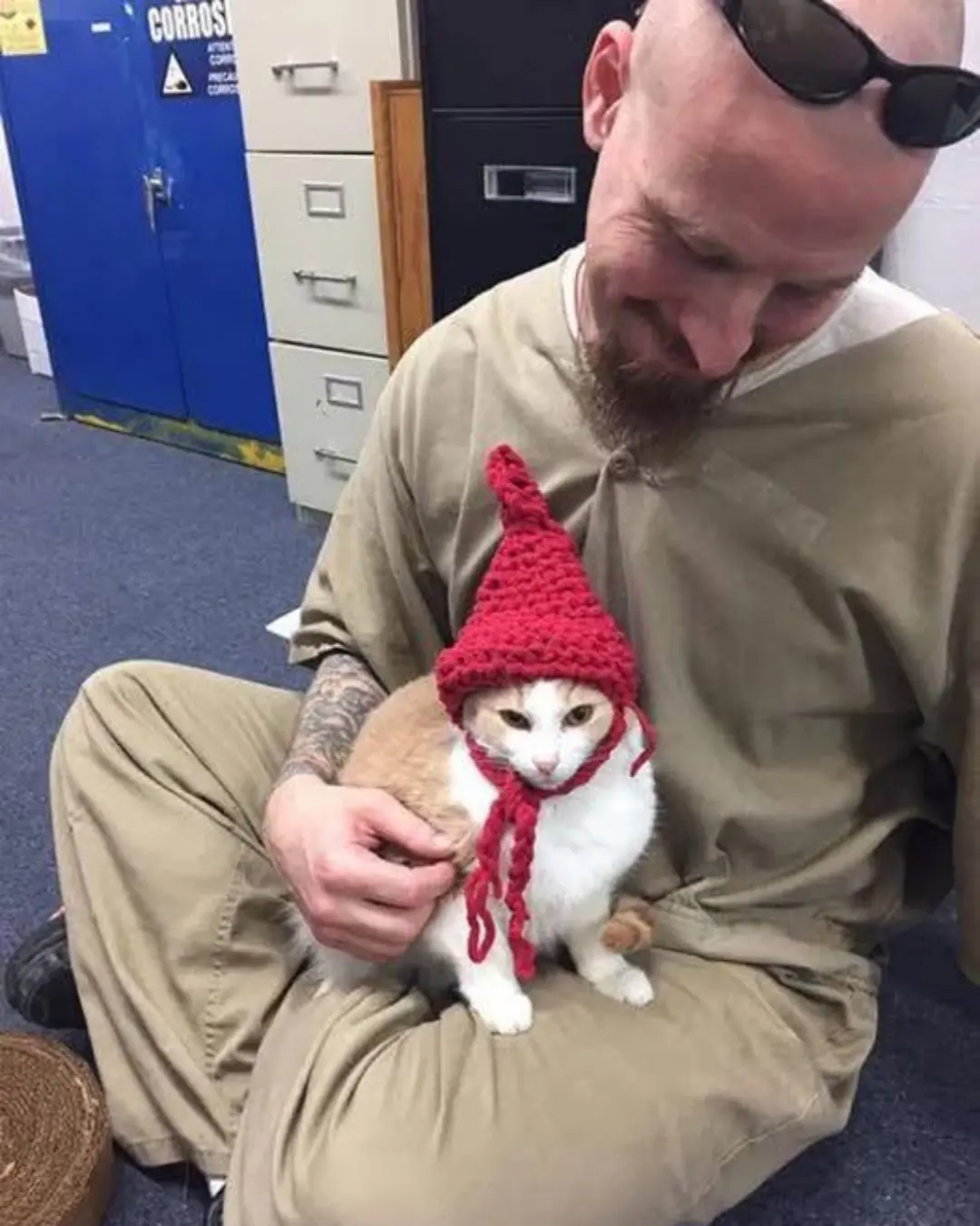
Redemption in Yarn and Paws: How a Cat Gave My Brother Back His Life
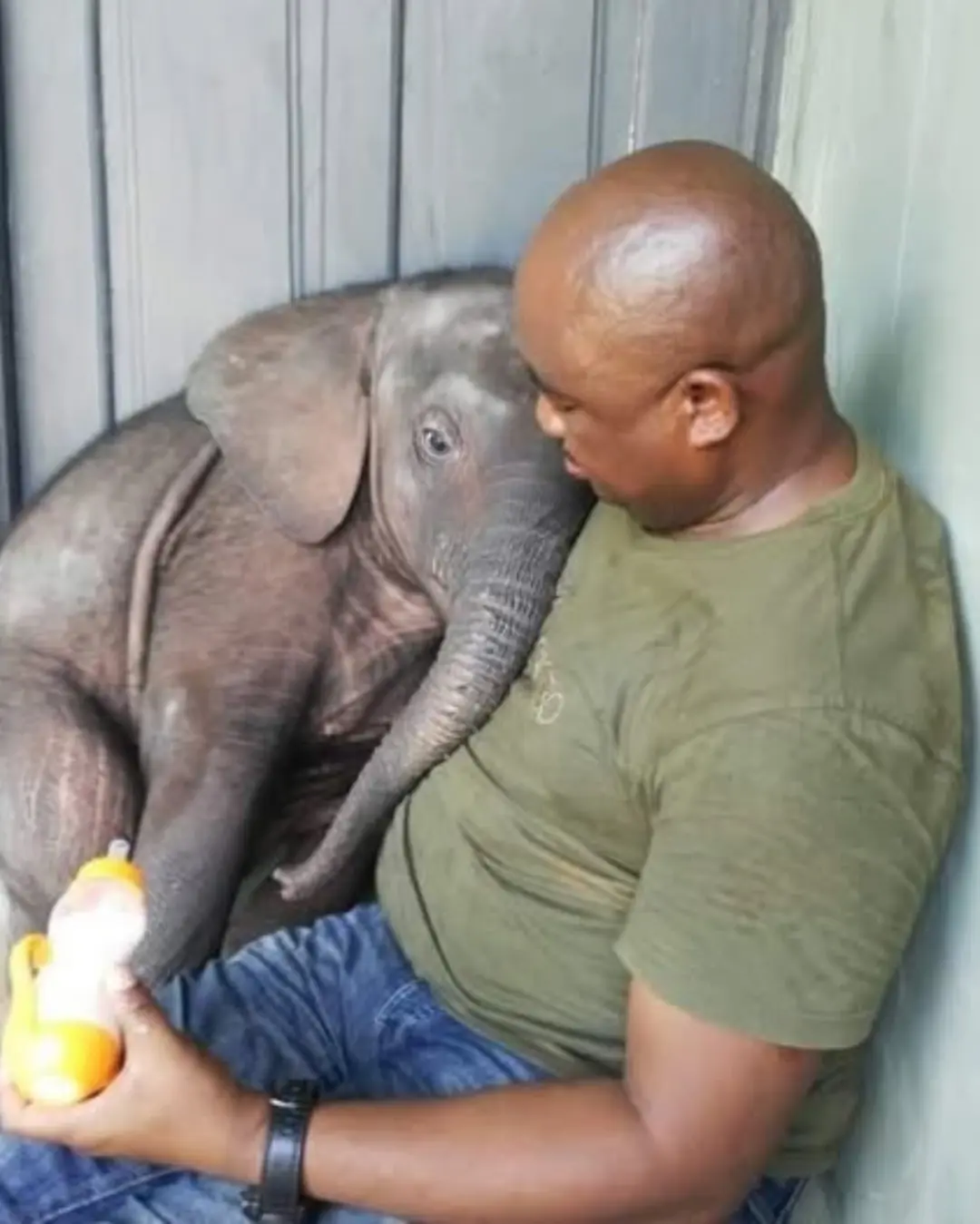
Tembo the Elephant: A Story of Survival, Trust, and Unforgettable Love 💛🐘

A Prayer for Ricardo: Holding On to Hope When Life Hangs in the Balance
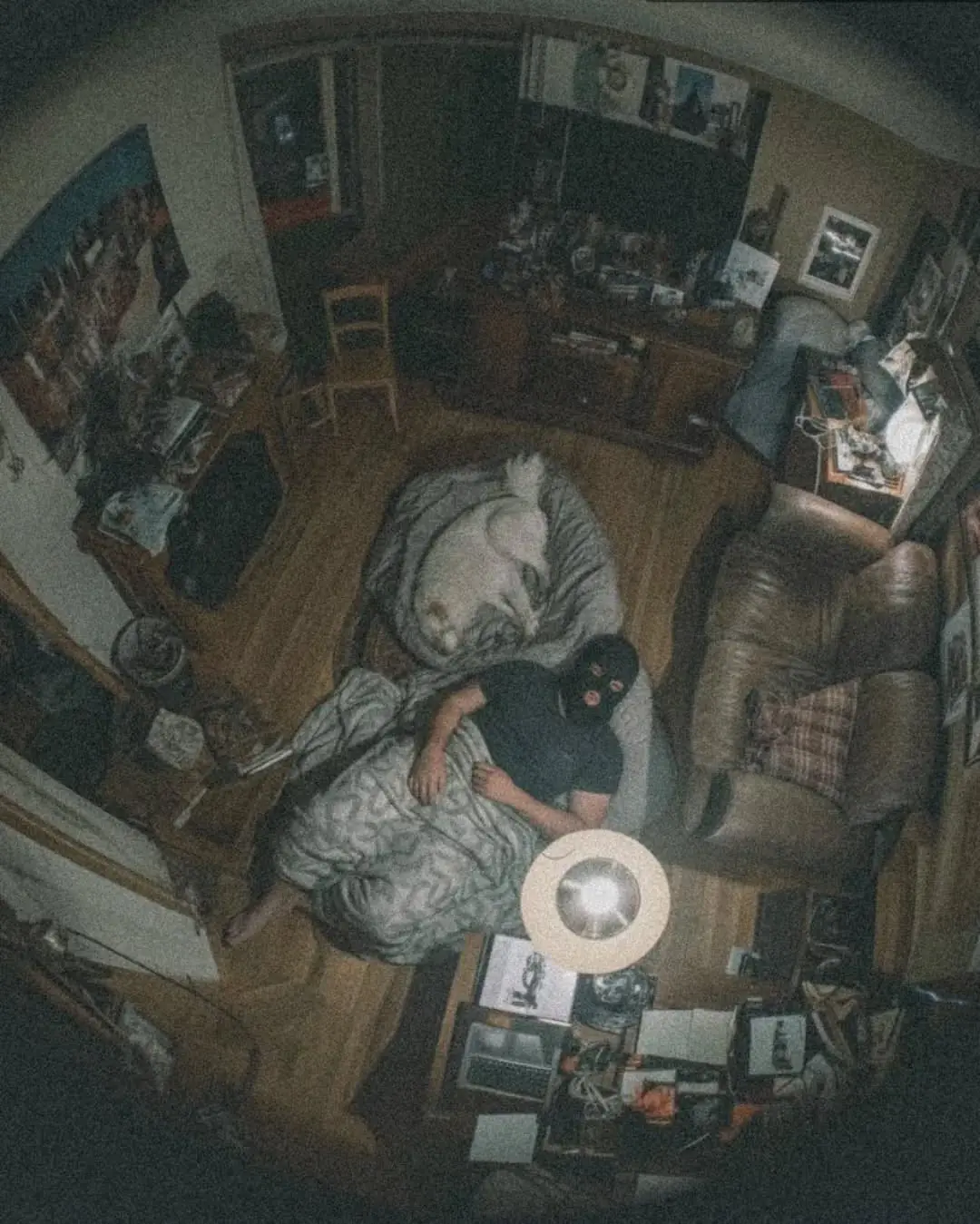
The Burglar Who Fell Asleep Beside a Dog
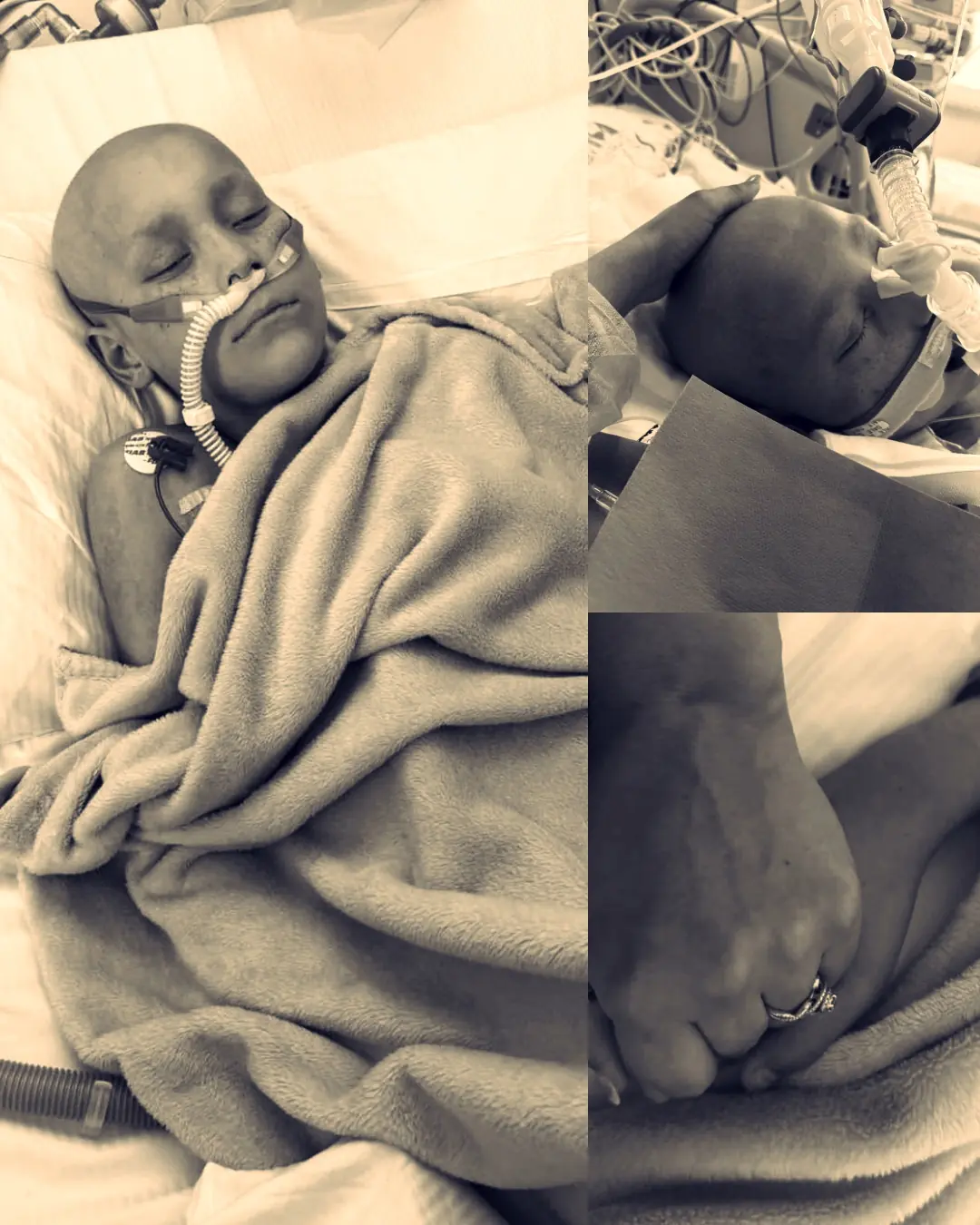
“A Whisper Before the Silence: Branson’s Mother’s Heartbreaking Update”

The Fight of a Lifetime: Stryker Glenn’s Journey of Courage

The Light of Nova: A Six-Year-Old’s Triumph Over Cancer
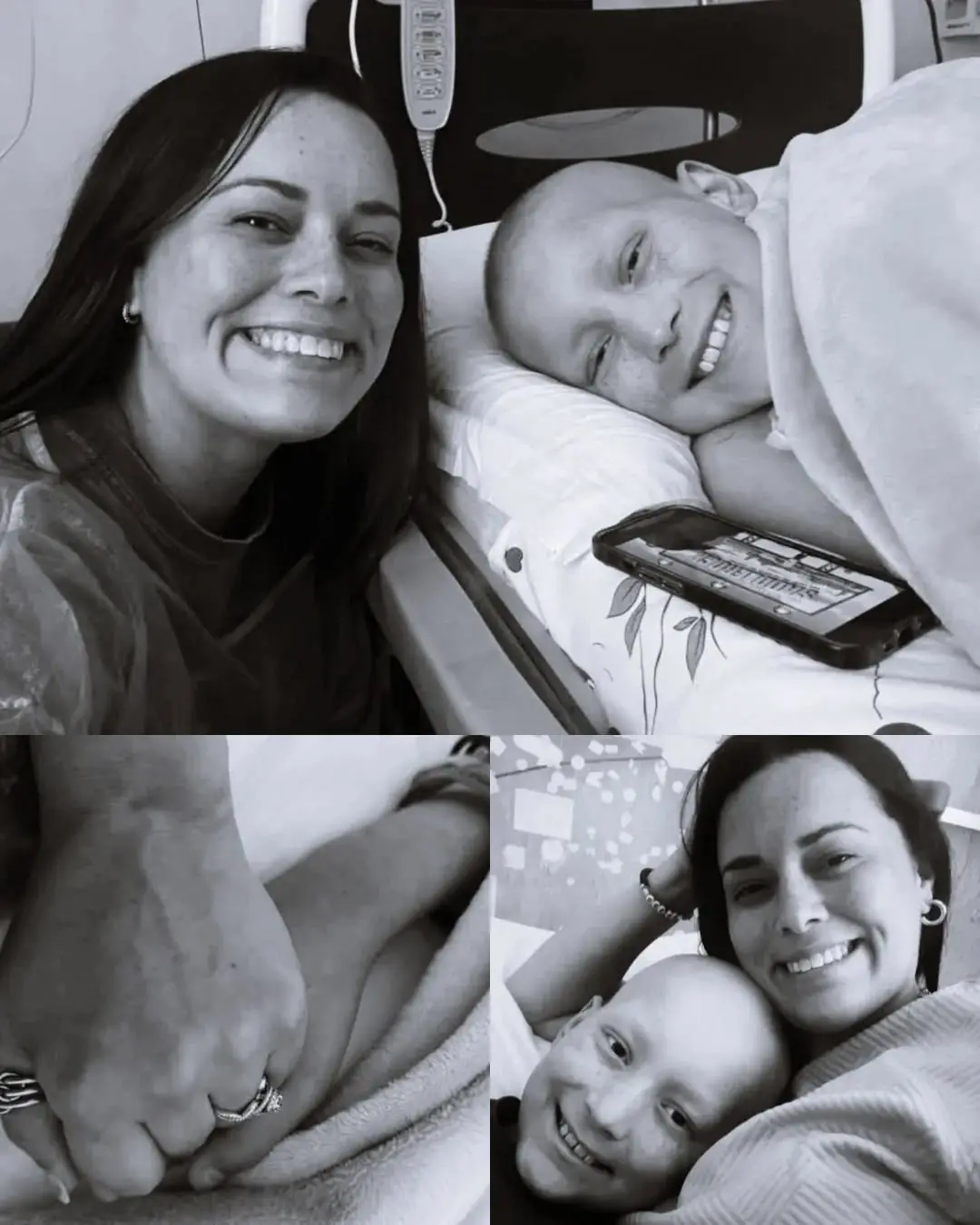
“A Mother’s Final Prayer: Holding Branson Close as Heaven Draws Near”

Carter’s New Beginning: A Homecoming Filled With Hope, Healing, and Heart
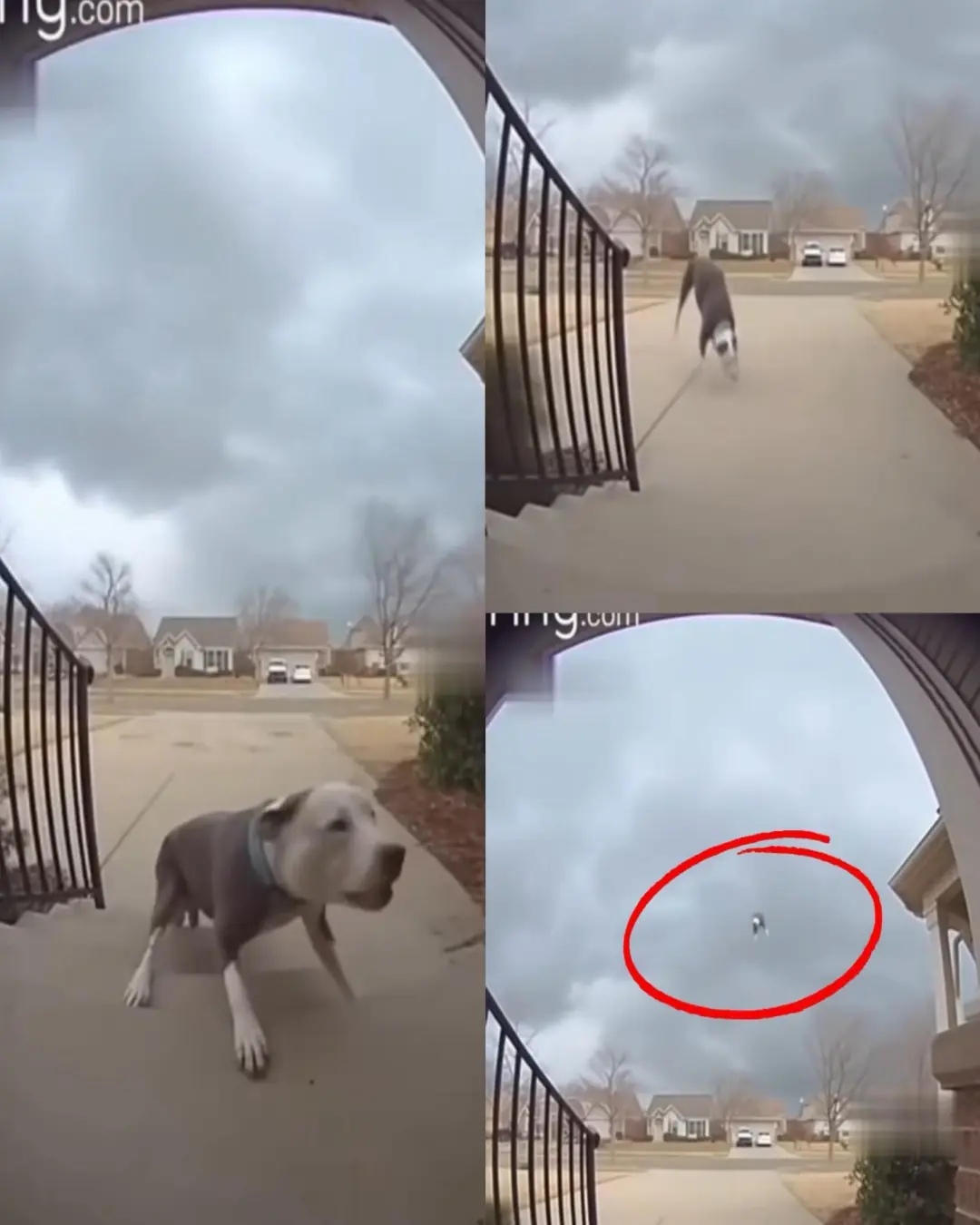
Miracle Survival: Dog Swept Up by Tornado Returns Home
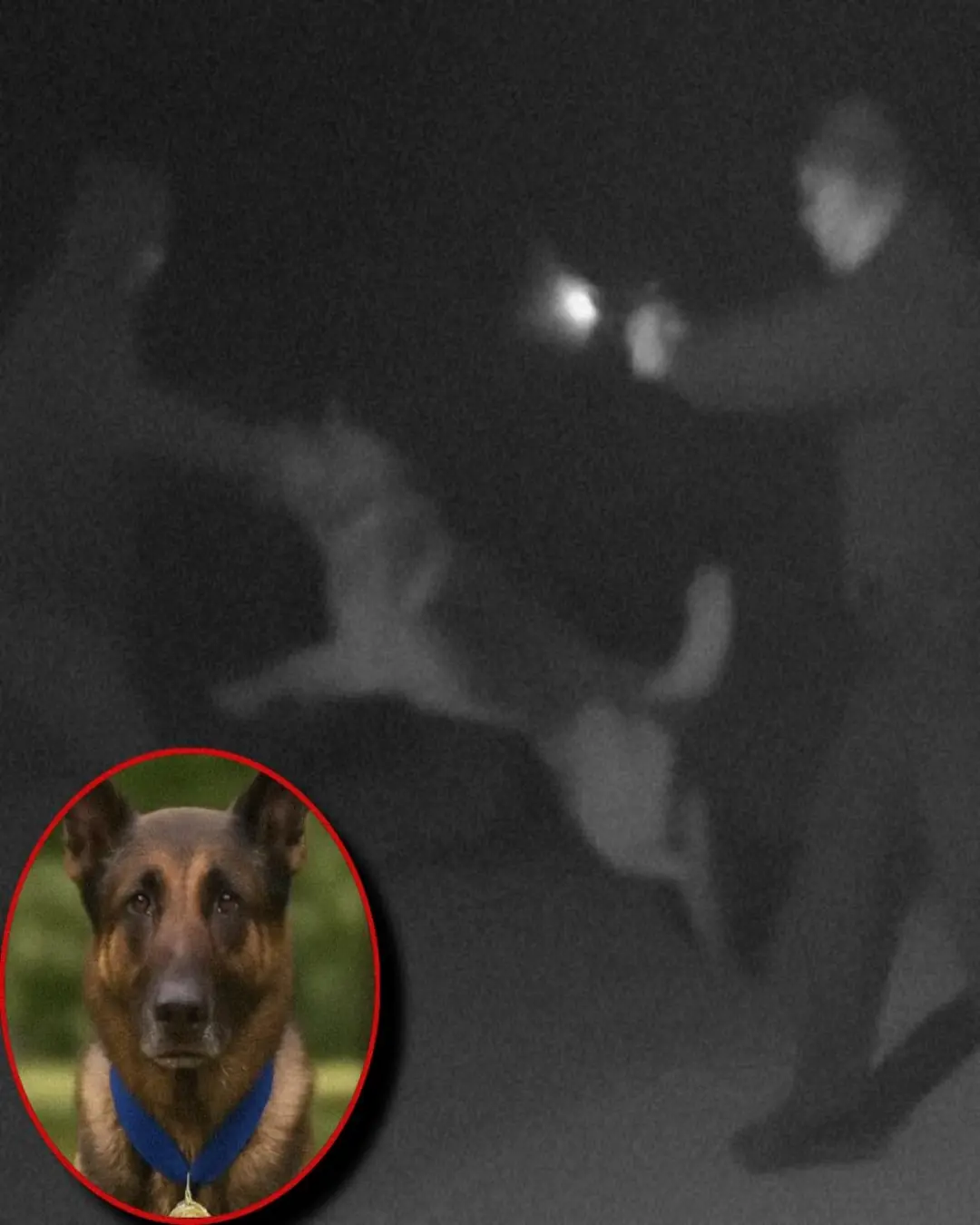
K9 Officer Max: The Hero Who Sacrificed It All
News Post

The Man Who Remembers Hunger: Why One Act of Kindness Matters.

The Little Elephant Who Was Born Different: A Pink Calf in the Wild

When Love Has No Address: A Man and His Dogs

A Boy, a Soldier, and an Umbrella: A Timeless Gesture of Respect
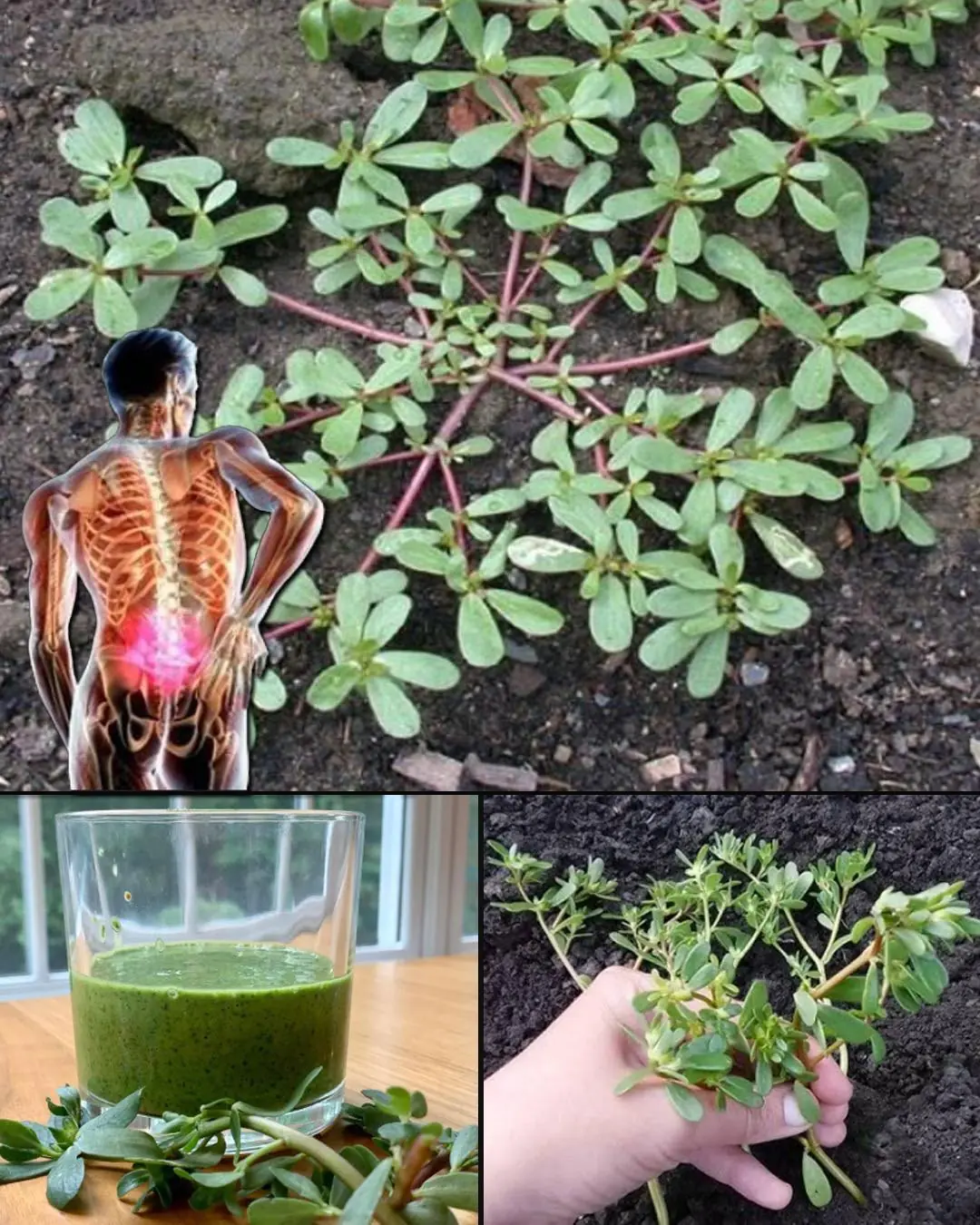
Purslane: The Superfood That Tastes Better Than Meat – 7 Reasons to Grow It in Your Garden

Don't Throw Old Tomatoes in the Trash.Turn them into flavorful tomato powder.
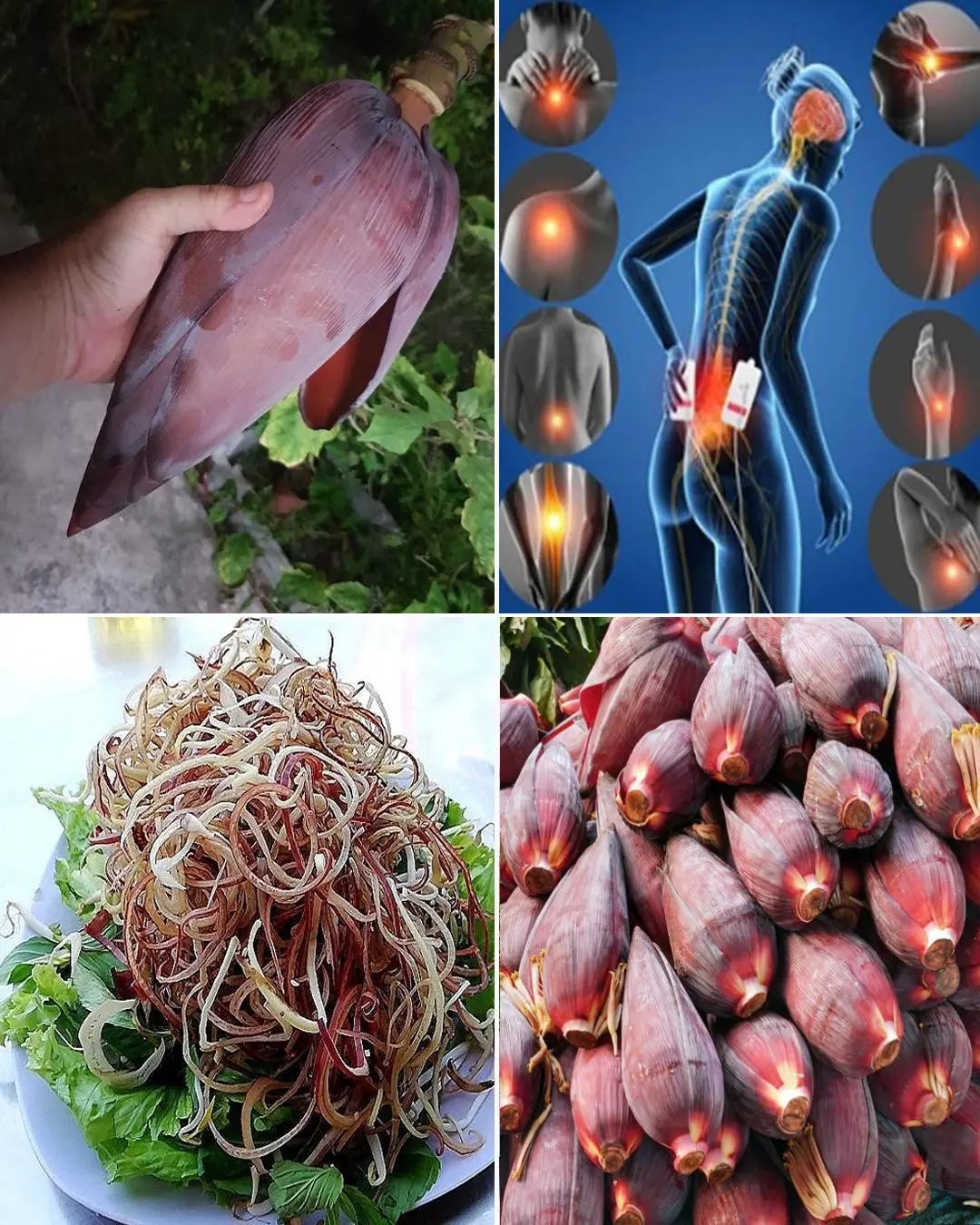
Banana Blossom: Health Benefits, Recipes, and Uses
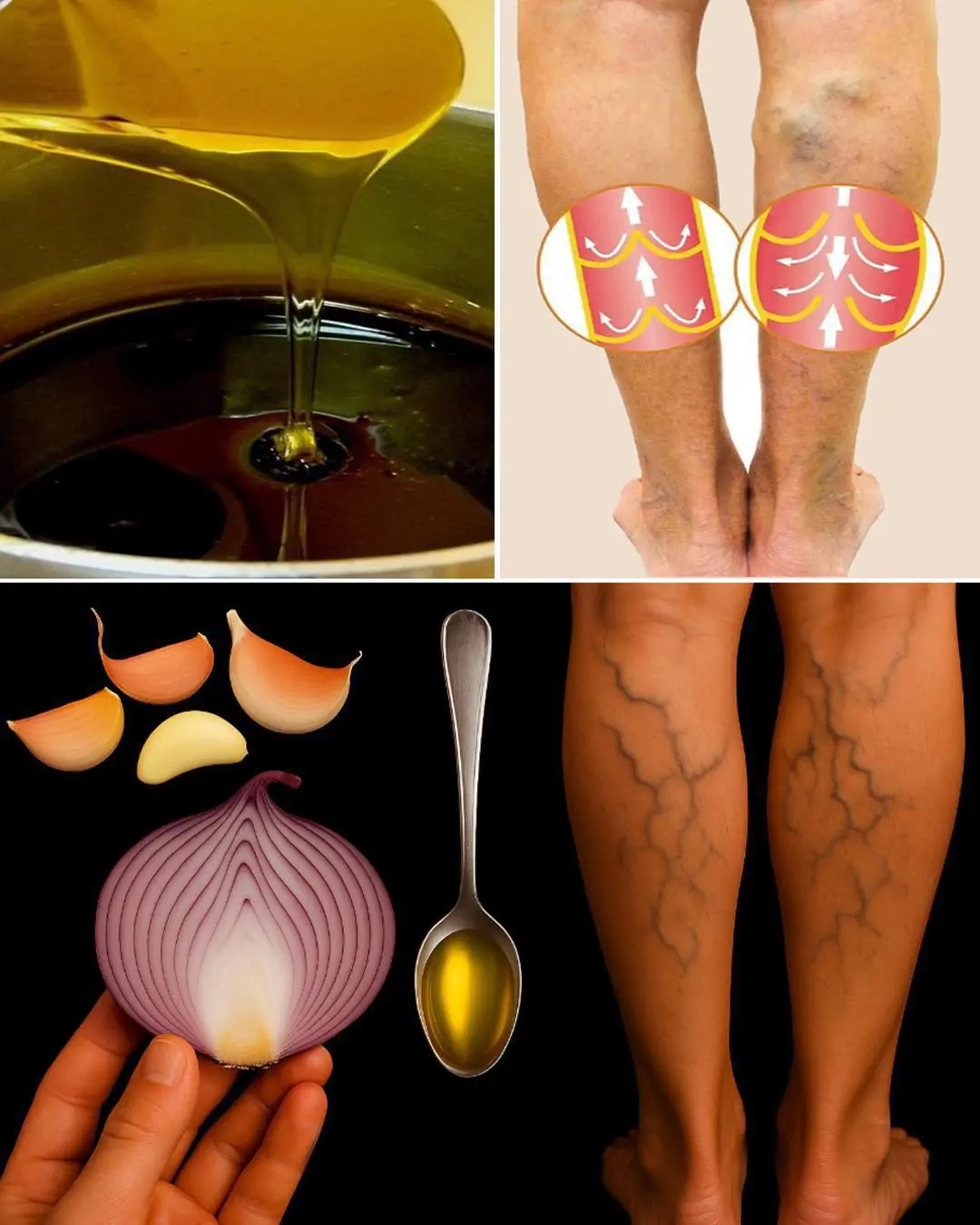
Onion, Garlic, and Olive Oil Remedy for Varicose Veins: Natural Treatment and Benefits

The Photo of the Year: A Glimpse of Courage the World Must Not Forget
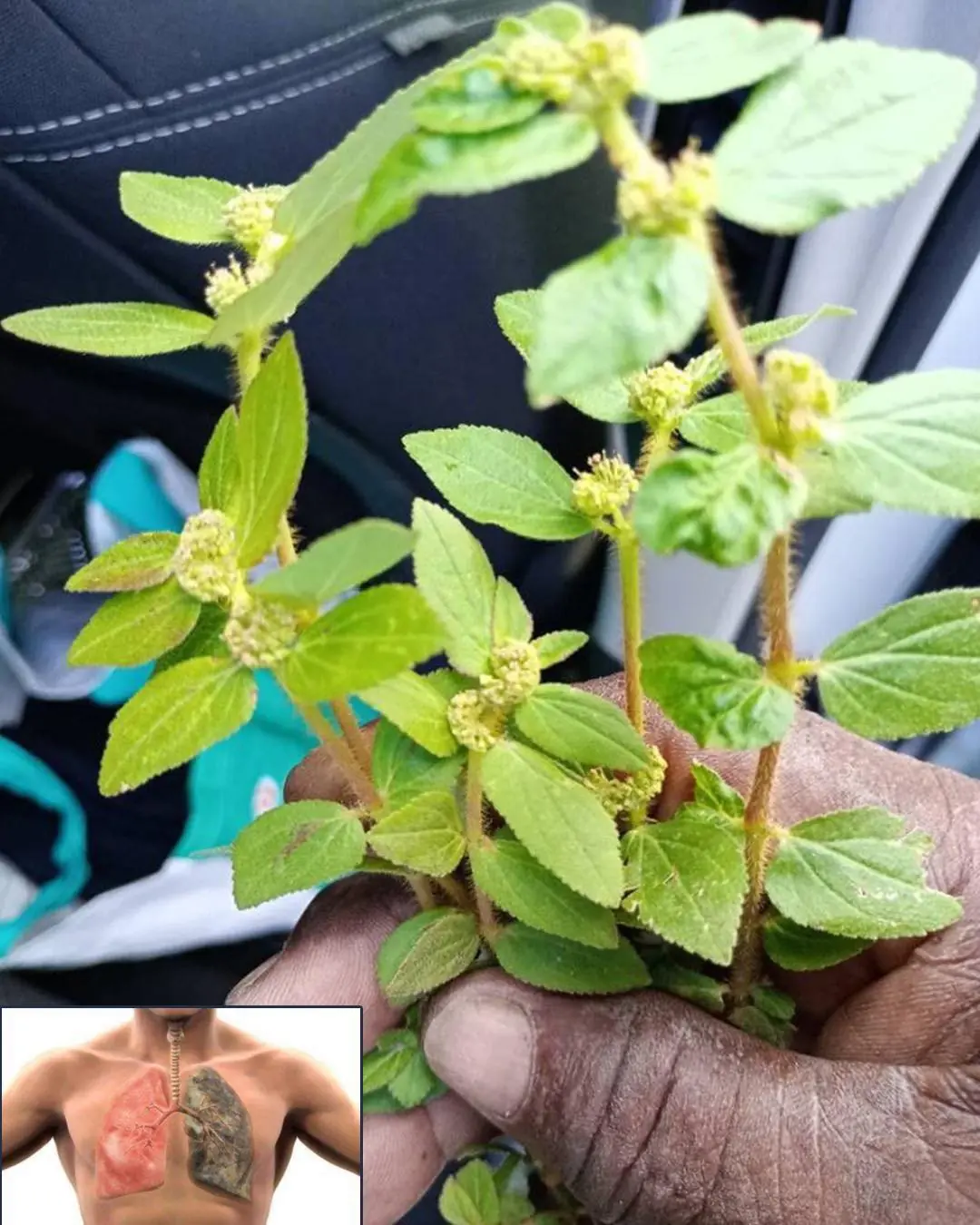
7 Surprising Benefits of Euphorbia Hirta
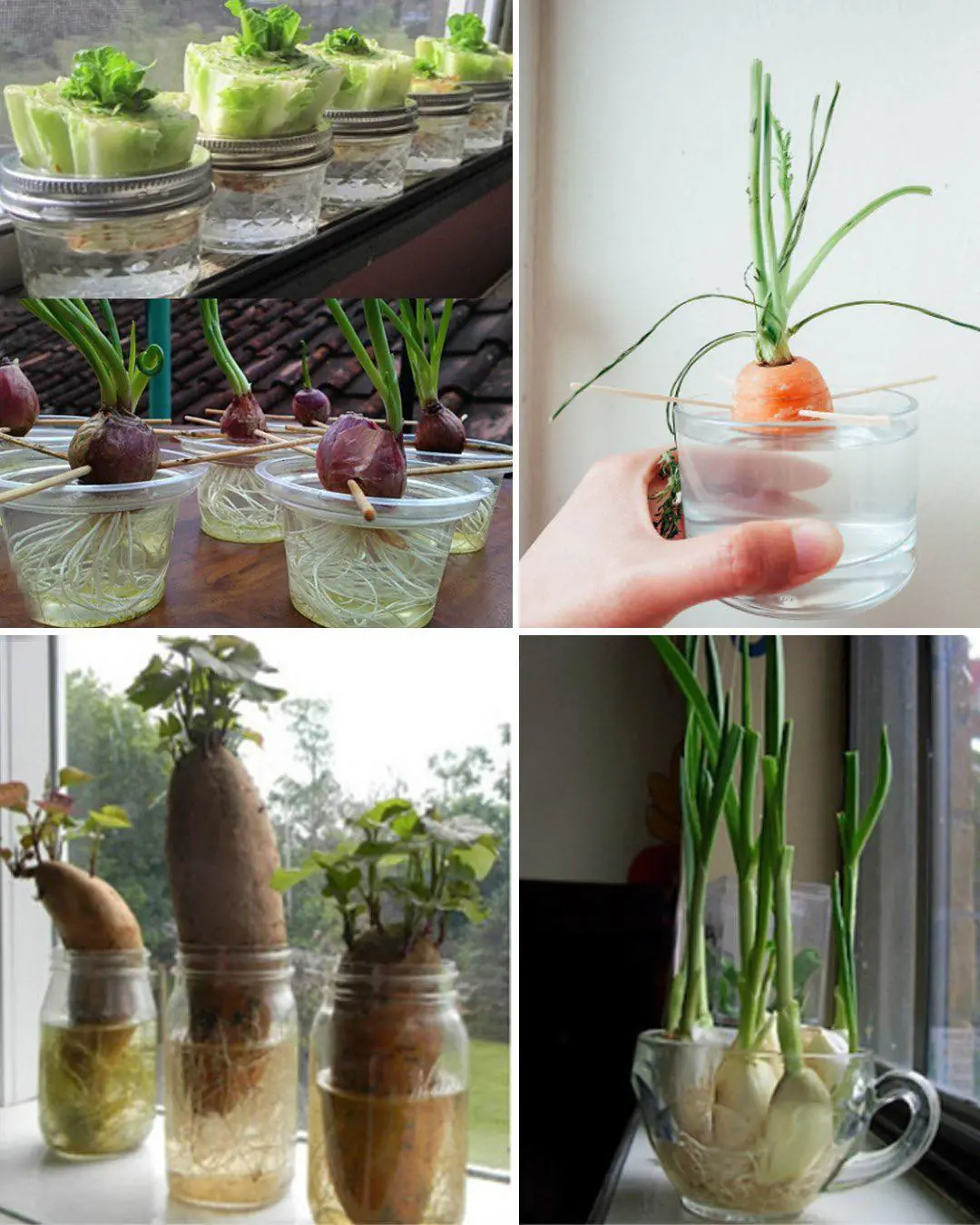
How to Regrow Food in Water: 10 Foods that Regrow Without Dirt

Firefighters Save Trapped Fawn from Storm Drain, Reuniting It with Nature
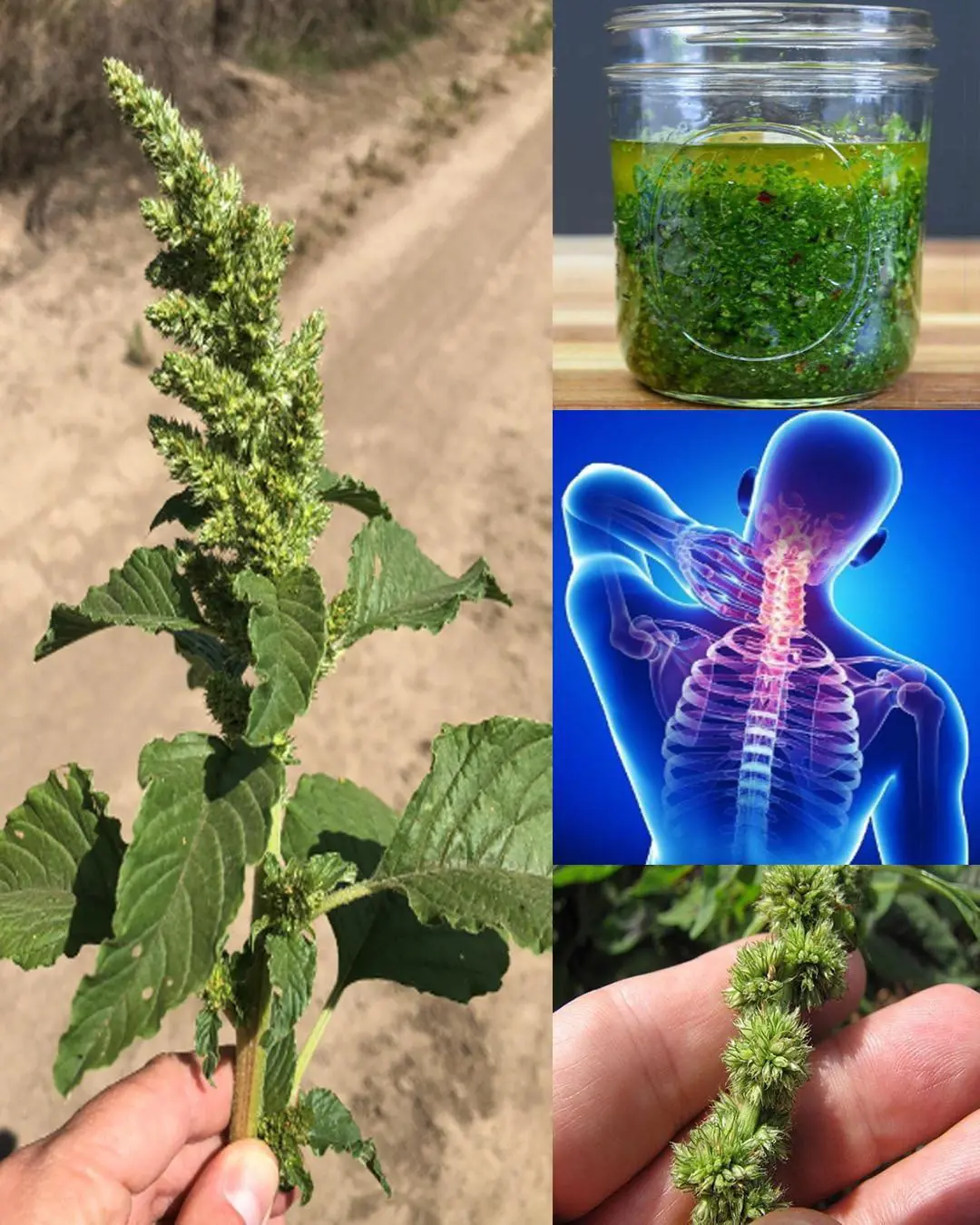
10 benefits of pigweed
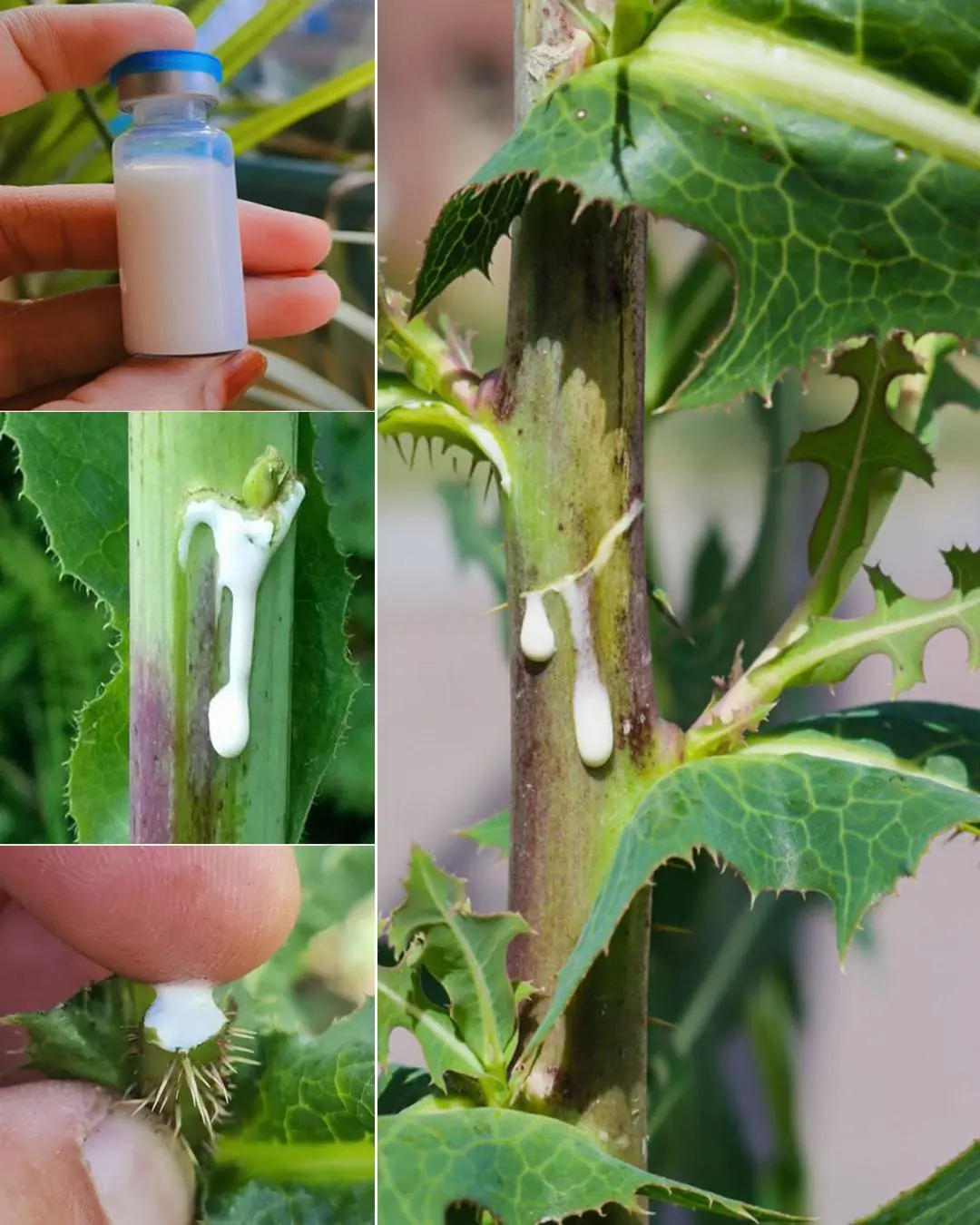
Wild Lettuce Sap: Benefits and Uses

When “Just a Dog” Becomes the Difference Between Life and Death

Teddy’s Hug: A Rescue Story of Unbreakable Love

Benny’s Redemption: A Journey from Loneliness to Love

Man has stroke after bathing right after meal: 3 mistakes you shouldn’t make

Redemption in Yarn and Paws: How a Cat Gave My Brother Back His Life
